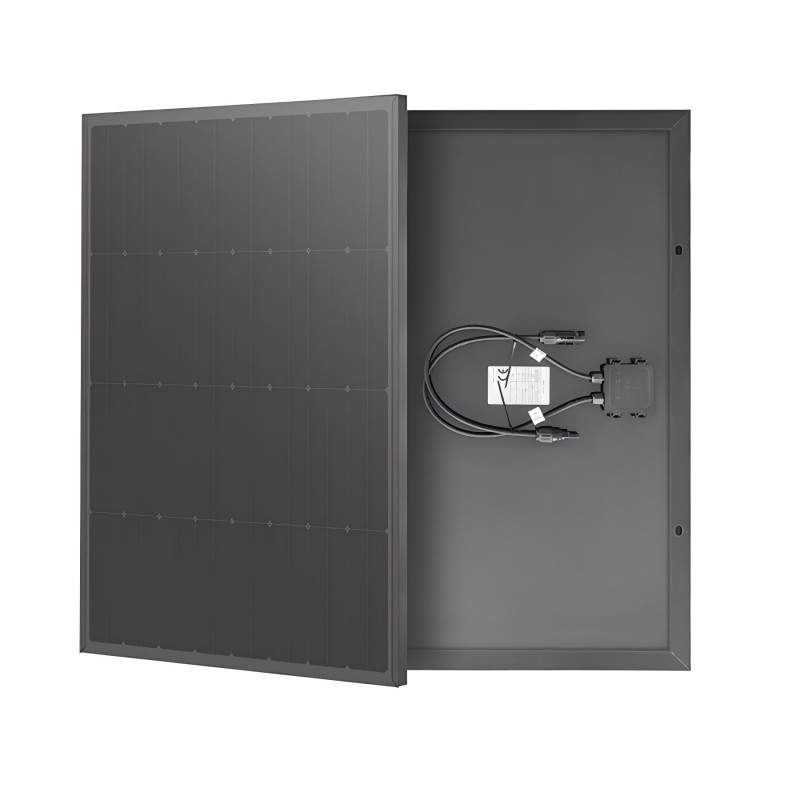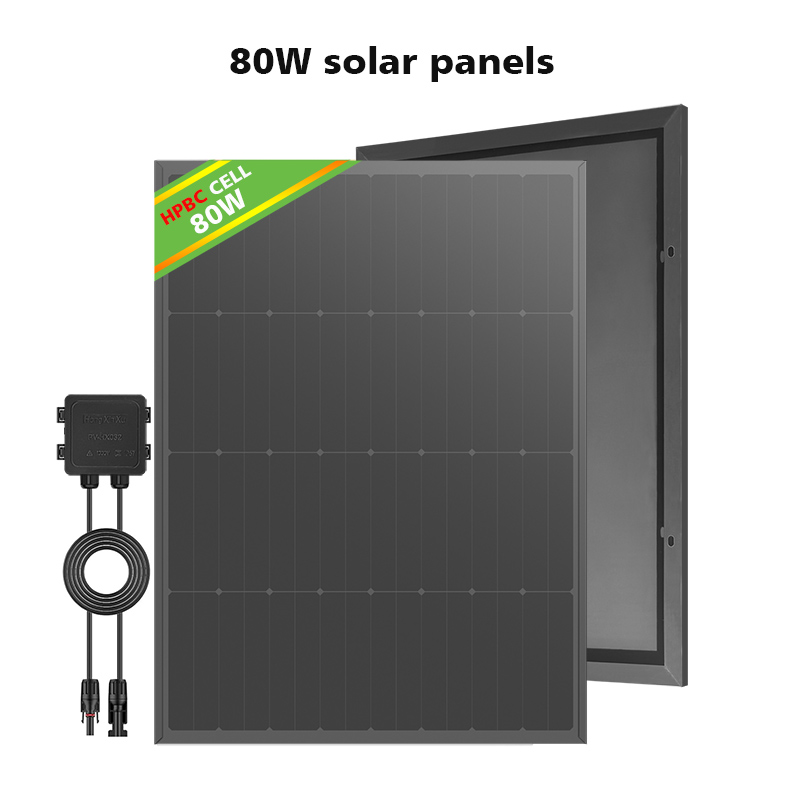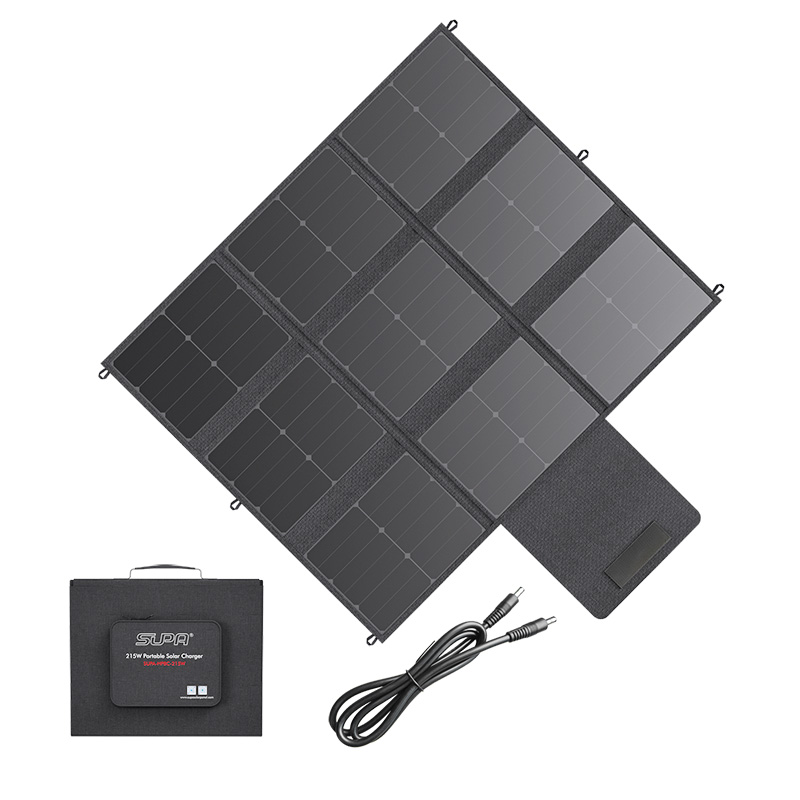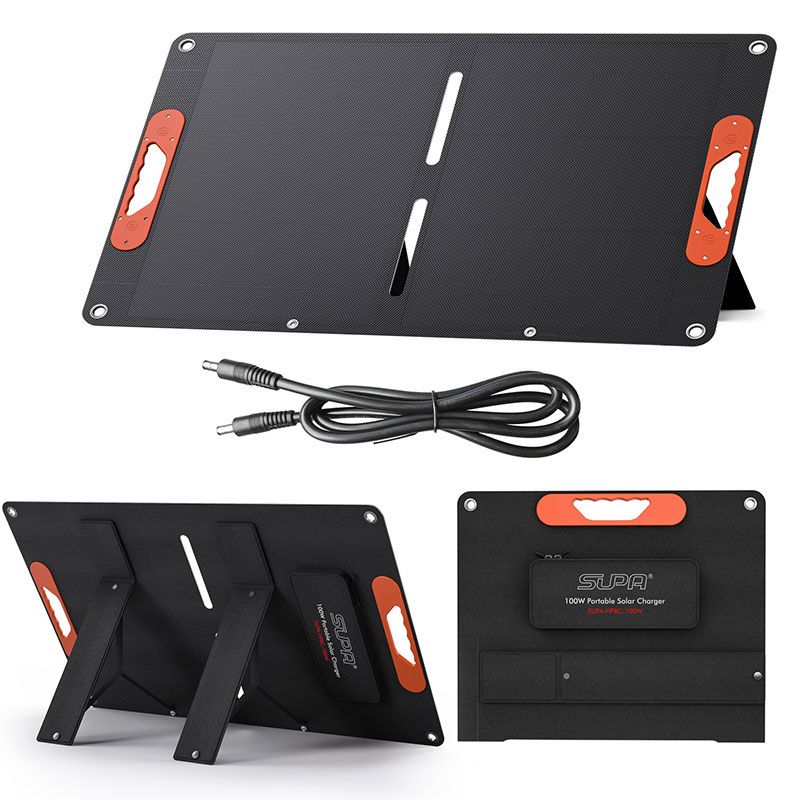Company News
Solar charger panels have become an essential part of modern off-grid living. Whether you're a hiker powering up your gear, an RV traveler maintaining your electronics, or a prepper building a resilient energy system, getting the most out of your solar charger panel ensures better efficiency, performance, and reliability.
In this article, we explore practical tips and expert techniques to boost the performance of your portable solar charger, improve charging speed, and ensure your devices stay powered wherever you go.
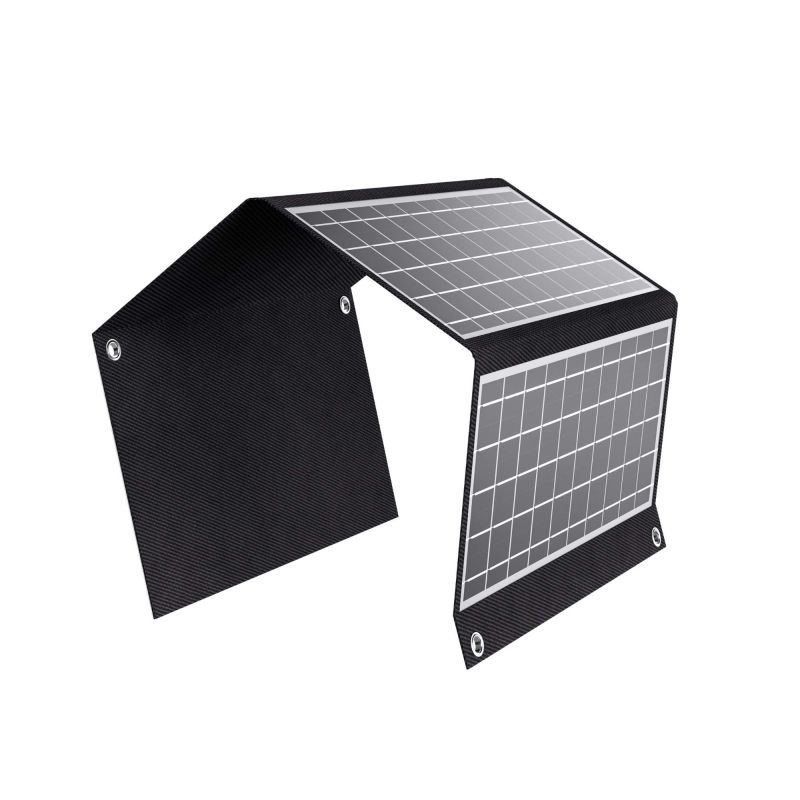
1. Positioning: Angle Towards the Sun
The most fundamental principle of solar charging is sunlight exposure. Solar charger panels generate energy from solar irradiance—so proper panel orientation is crucial.
Face the panel directly toward the sun for maximum efficiency.
In the Northern Hemisphere, aim south; in the Southern Hemisphere, aim north.
Adjust the tilt angle depending on the season—steeper in winter, flatter in summer.
For portable solar charger panels, consider models with built-in kickstands or foldable legs for optimal positioning.
2. Keep the Panel Clean and Clear
Dust, dirt, leaves, or even fingerprints can significantly reduce the efficiency of your solar charger panel.
Best practice:
Wipe your panel surface with a microfiber cloth before each use.
Avoid harsh cleaners—use water or a mild, alcohol-free solution.
If camping, store the panel in a case or cover when not in use.
A clean panel can improve energy output by up to 20%, especially during extended outdoor usage.
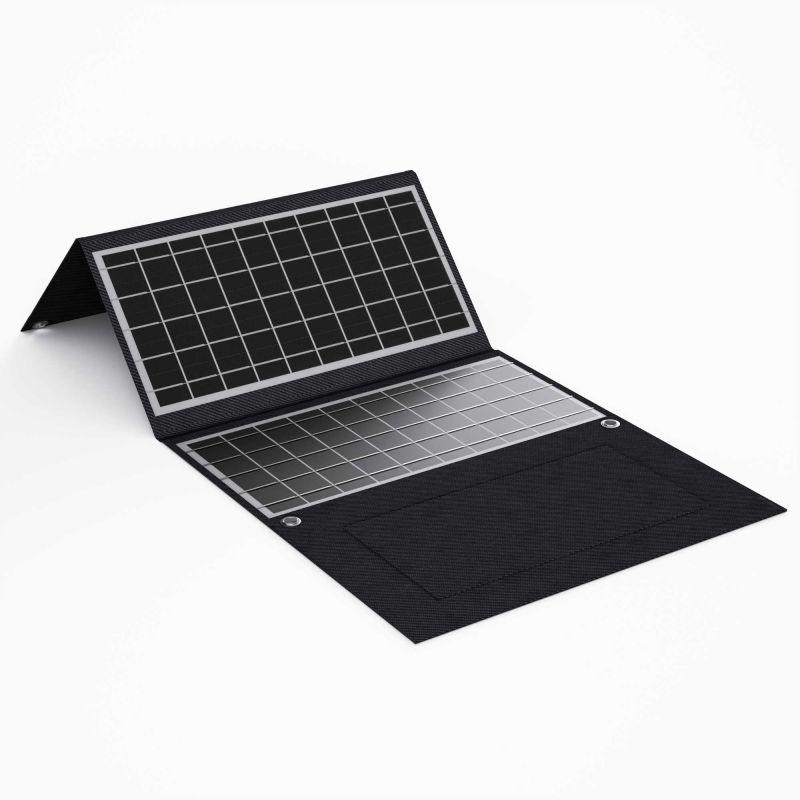
3. Use High-Quality Charging Cables
Even the most efficient solar panel charger will underperform if paired with low-grade or incompatible charging cables.
Tips:
Always use original or certified cables with proper current ratings.
Shorter cables reduce resistance and power loss.
Use cables with thicker gauge (18AWG or better) for high-output charging.
This is especially important when using your solar charger panel for smartphones, tablets, GPS units, or power banks.
4. Avoid Shade at All Costs
Partial shading can drastically lower power output—even a small leaf or shadow across one section of your foldable solar charger can cut efficiency by 50% or more.
Place the panel in an open area free from trees, tents, or gear.
Track the sun during the day and reposition the panel every 1–2 hours.
Avoid laying the panel flat on the ground where it may get stepped on or covered.
If using a solar charger panel for hiking, hang it on your backpack only when you're in full sunlight.
5. Monitor Device Compatibility
Different devices charge at different rates. Make sure your solar charger panel is designed to support the voltage and amperage needs of your gear.
For instance:
Smartphones: 5V/2A
Tablets: 5V/2.4A
Portable power stations: 12–24V DC input
Many modern portable solar charger panels come with smart IC chips that detect and deliver optimal charging rates. Always read the specifications before plugging in.
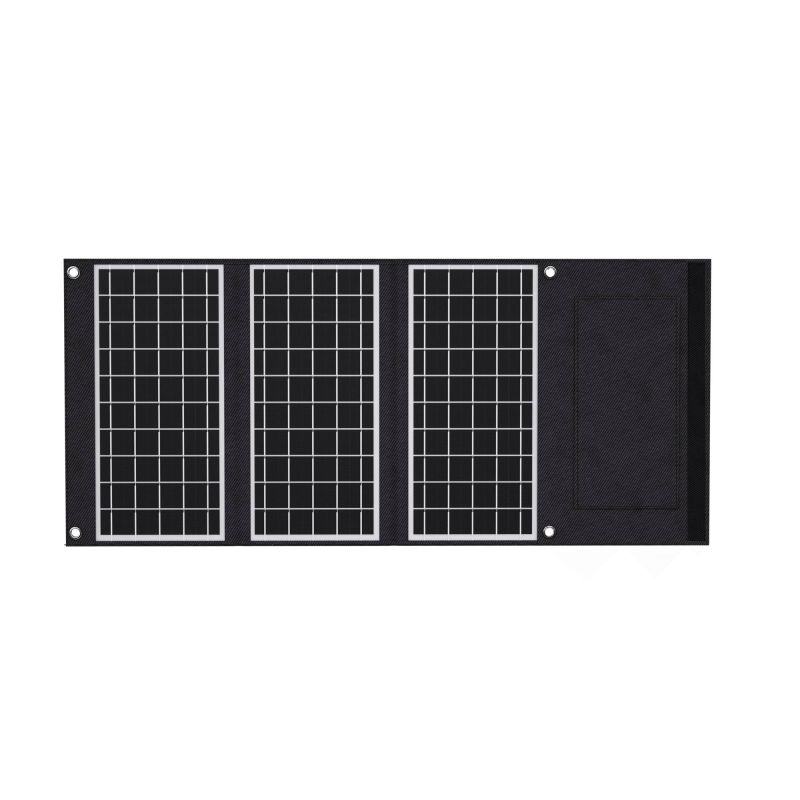
6. Charge a Power Bank First
Solar output can fluctuate due to weather or light changes. Instead of charging devices directly, consider charging a portable battery bank first.
Why this works better:
Power banks store energy consistently, even during cloudy intervals.
You can charge multiple devices later at stable rates.
Avoids overvoltage or current drops to sensitive devices.
This technique is commonly used in outdoor solar charging systems for camping, RVing, and emergency kits.
7. Choose Panels with High Conversion Efficiency
Not all solar charger panels are created equal. The most effective panels use monocrystalline silicon cells with conversion rates of 20% or higher.
When selecting a panel:
Look for certifications (CE, FCC, ROHS).
Choose ETFE-coated panels for better durability and UV resistance.
Brands that offer solar panel efficiency ratings are more transparent about performance.
If portability is a priority, a foldable solar charger with a high watt-per-square-inch ratio is the smart pick.
Final Thoughts:
A solar charger panel is a powerful tool when used correctly. By following best practices like proper positioning, avoiding shading, using efficient cables, and storing energy in power banks, you can dramatically increase the energy yield of your solar charging setup.
Whether you're an outdoor adventurer, emergency prepper, or tech enthusiast, these strategies ensure you get maximum value from your solar gear.

